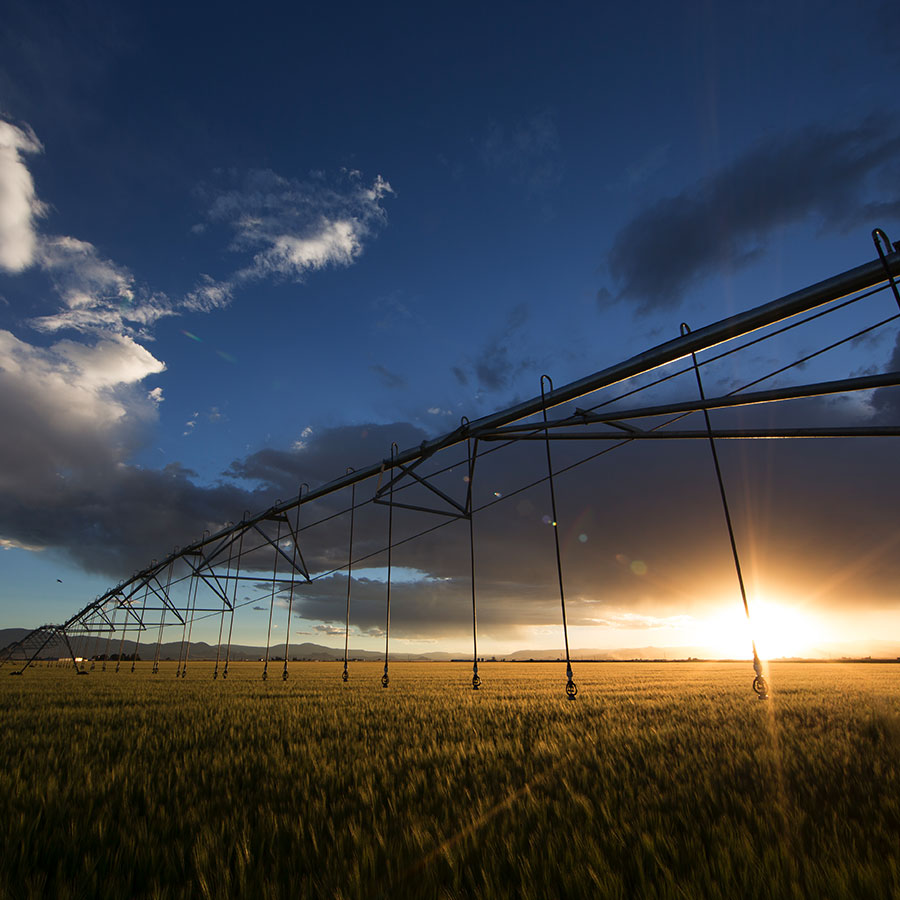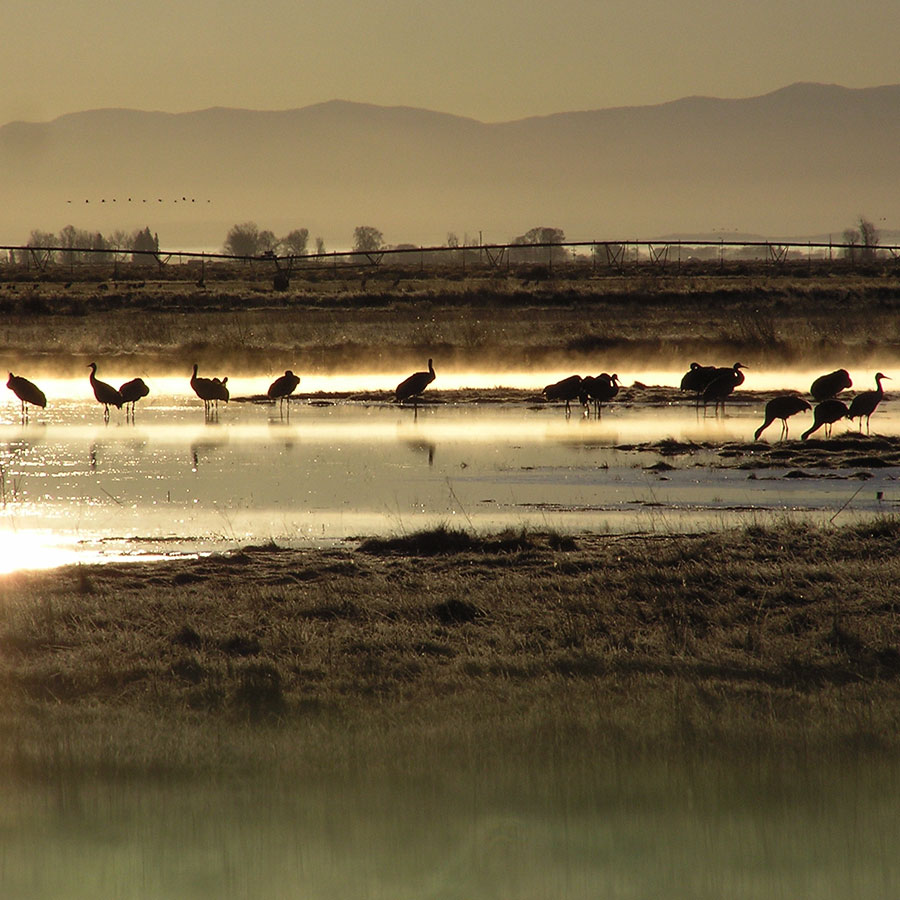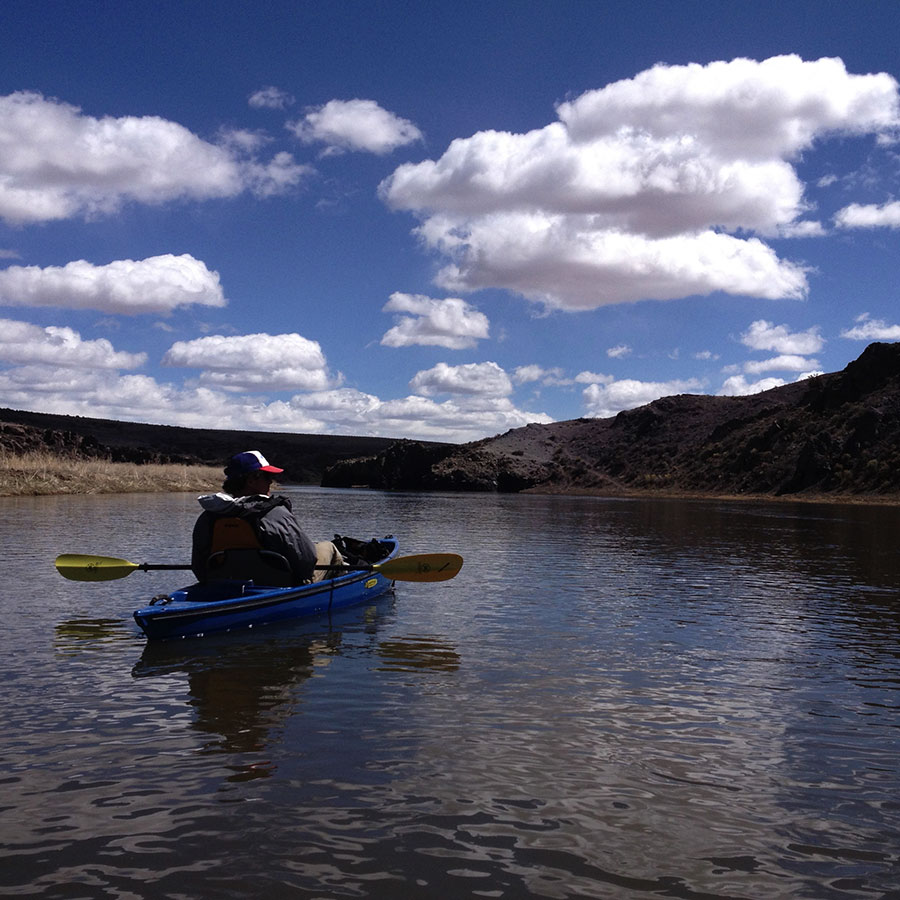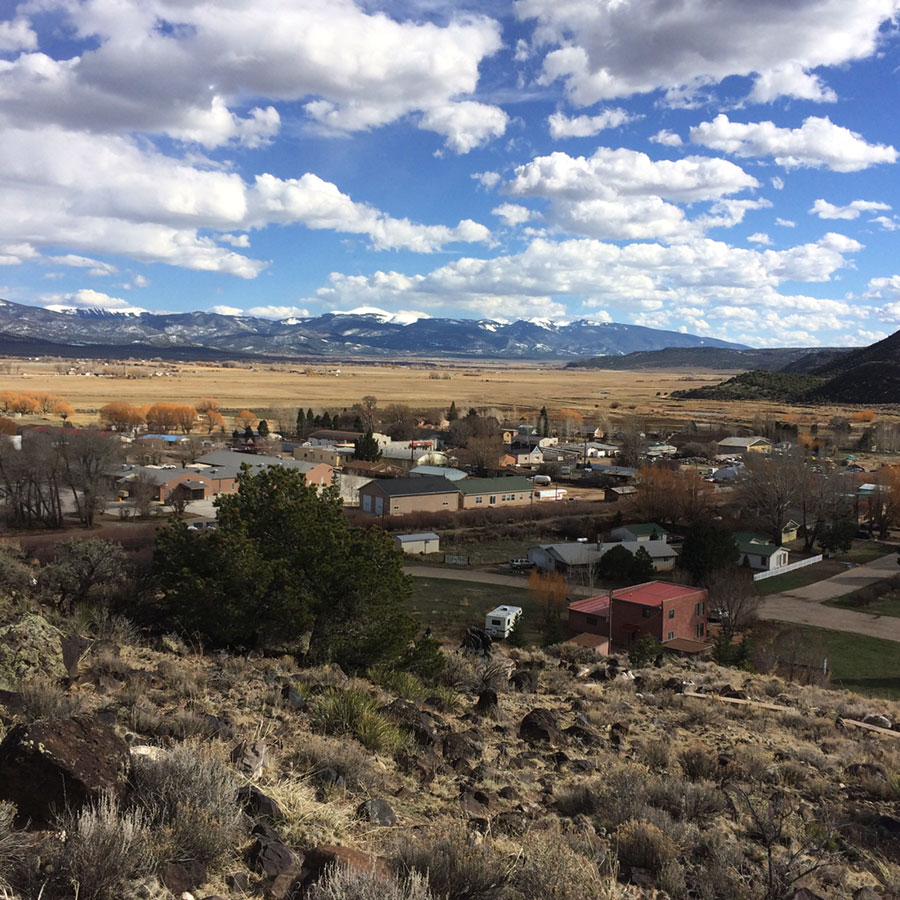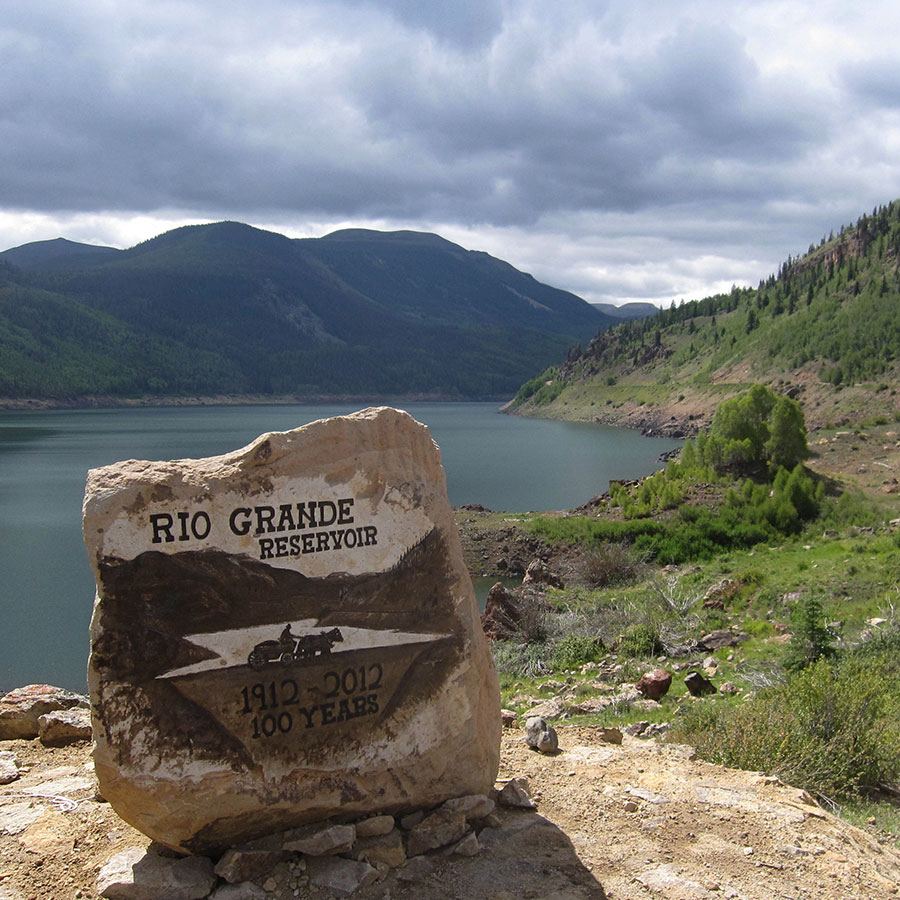Who We Are
Nestled between the San Juan and Sangre de Cristo Mountains in south central Colorado, the San Luis Valley is home to nearly 50,000 people and a vibrant agricultural economy. This expansive high mountain desert and its neighboring ranges also make up the Rio Grande Basin. Fed by snowmelt runoff and summer storms, the Rio Grande flows east out of the San Juans to the Valley floor before turning south to water New Mexico, Texas, and Mexico. Receiving an average of less than eight inches of precipitation per year, the San Luis Valley is dependent on the Rio as a vital source of life. Additionally, the basin as a whole is over-appropriated, meaning more water has been claimed for use than is generally available.
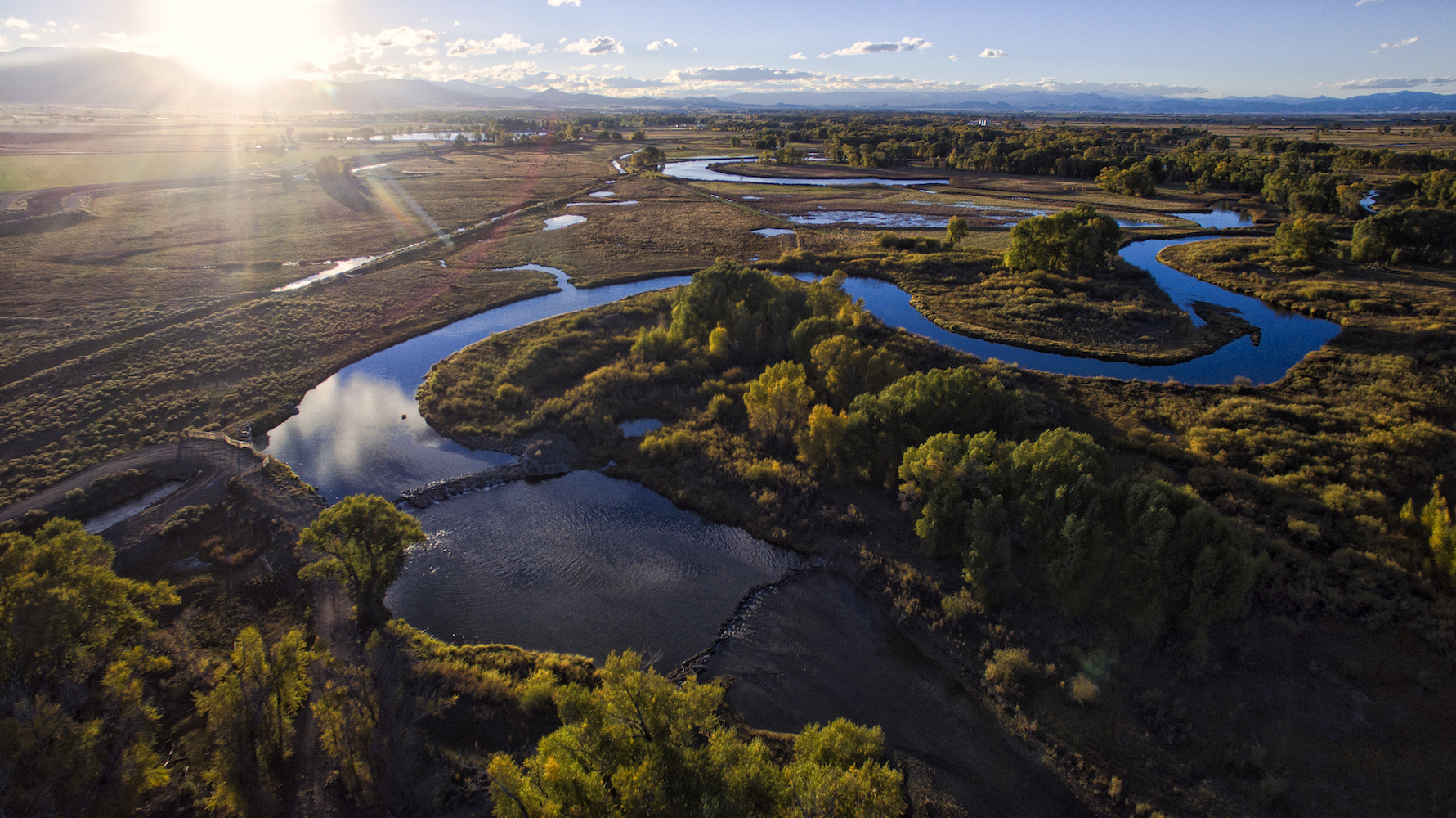
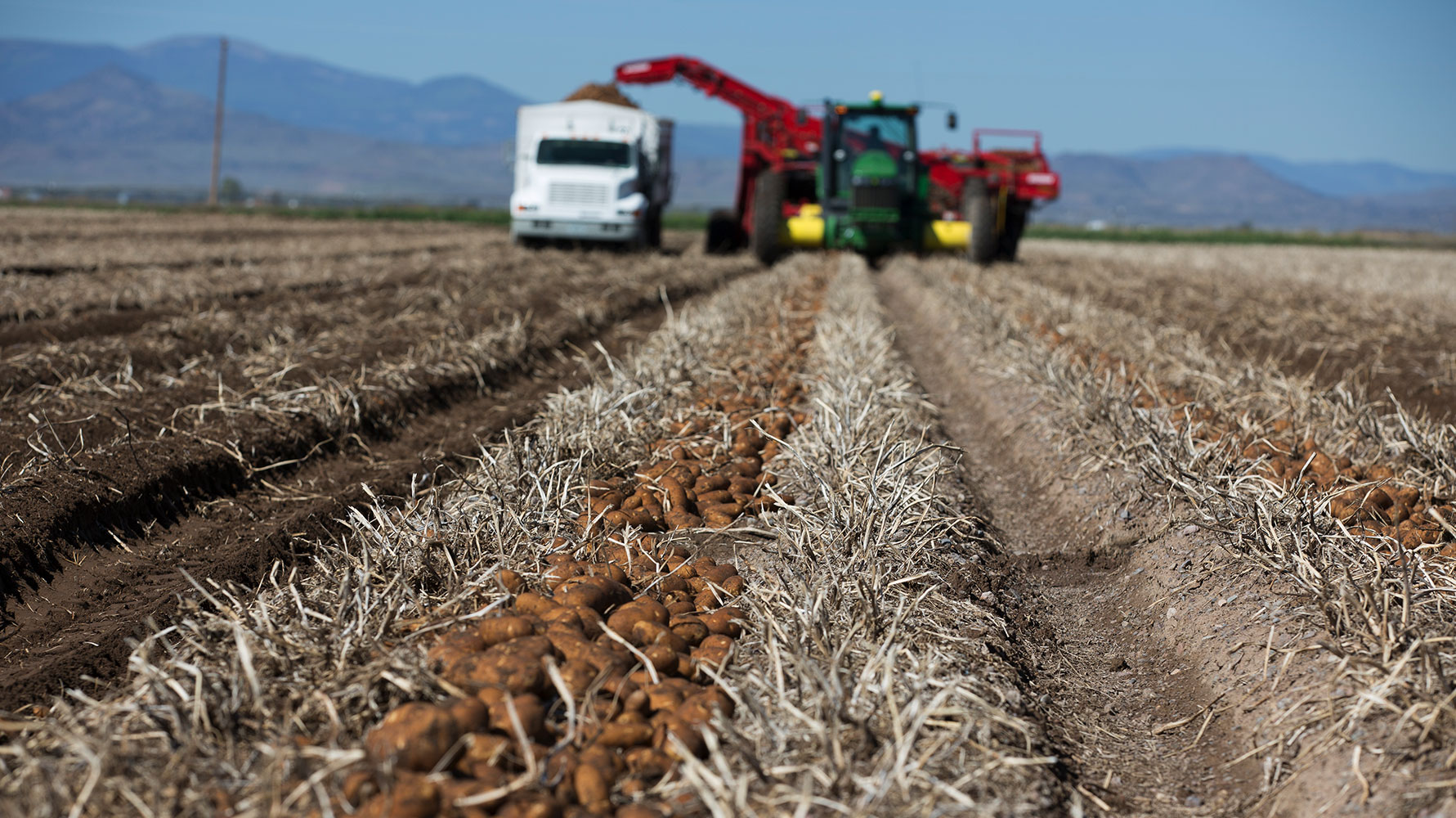
As representatives of water uses and users in the basin, the Rio Grande Basin Roundtable recognizes the tenuous balance between agricultural and other uses that results from this complex, nuanced, and above all vitally important system. As changing conditions impact our surface and groundwater sustainability, we also recognize that our system is vulnerable, and must adapt to survive. Therefore, we are committed to representing the major water uses of the Rio Grande, and actively addressing the challenges we face as a community.
Our Challenges
The basin’s water-related challenges are formidable, resulting largely from the finite, fluctuating, and decreasing water supply, and generally fall into five categories: agriculture, environment, recreation, municipal and industrial, and water administration.
Agriculture
The inconsistent supply of water to the Rio Grande Basin results in challenges to meeting the demands of agricultural and legal needs. In 1938, the Rio Grande Compact was created, requiring that the state of Colorado deliver a certain percentage of the Rio Grande’s water to the New Mexico border each year. In years with greater flows, a greater percentage is delivered, while in dry years Colorado keeps a greater percentage of the river’s flows. The Compact is the number one priority on the Rio Grande, meaning that in order to meet the state’s obligation, less water is available for the water users in Colorado. Each year, the amount of water in the river varies, so that only the most senior water rights holders reliably get water. Generally, between the Compact and all of the agricultural water users, there is not enough water to go around. This increases the reliance of farmers and ranchers on the basin’s aquifer system.
The introduction of electricity in the 20th century resulted in the widespread production of irrigation wells across the San Luis Valley. The increase in pumping, as well as recent drought, has resulted in a decline in aquifer levels. Because of this, the basin is now required to replace out-of-priority depletions in order to reach sustainable aquifer levels, defined by historic averages, by 2030.
Lastly, river infrastructure, including reservoirs, diversion dams, and headgates, are critical to administering water rights in the basin. However, many of these structures are aging, poorly functioning, or in need of repair. This degraded infrastructure leads to inefficient administration or water use, and has other environmental and recreational repercussions as well.
Environment
The environment in the basin also suffers from a fluctuating water supply, as well as human impacts. Key areas, including riparian areas and wetlands, are experiencing decreased water and sediment conveyance, streambank stability, and floodplain function. Impacts to these areas also degrade and reduce critical habitat and ecosystems, affecting at risk species in the region, including the Southwestern willow flycatcher, the yellow-billed cuckoo, the Rio Grande cutthroat trout, and the Rio Grande chub. Degraded irrigation infrastructure can also augment these issues, fragmenting fisheries and affecting flows.
In addition to sediment loading, water quality in the basin is impacted by historical mining activity and its associated contaminated drainage.
Lastly, forests are vital to the health of the watershed, since forests make up the majority of the Rio Grande headwaters. The basin’s forests are currently undergoing landscape-scale changes, including wildfires, beetlekill, and land use. These processes impose challenges to the watershed, and will require efforts to improve resiliency to protect this important resource.
Recreation
The basin is home to exceptional recreational opportunities, including boating, fishing, hiking, hunting, camping, wildlife viewing, and a variety of winter sports. All of these activities rely on adequate streamflows and snowpack to support a healthy watershed. More data about optimal flows and timing for these activities helps inform development goals and allows water managers to work with the recreation community to improve opportunities. Rehabilitation of irrigation infrastructure will also benefit recreation by improving boat passage and aquatic and riparian habitat. Additionally, just as recreation depends on water, so watershed health depends on recreators’ sustainable and ethical behavior. Recognizing and solving these environmental problems creates a healthier river and benefits the watershed as a whole.
Municipal & Industrial (M&I)
As M&I makes up only one percent of water use in the Rio Grande Basin, there has been little pressure to decrease use. However, many of the municipal water systems of the sixteen communities in the basin are in need of major and costly repair, replacement, and/or upgrades within the next ten years. Additionally, the water quality of the wastewater discharges only nominally meet current Colorado Department of Public Health and Environment discharge permit standards. Should new and more stringent requirements be imposed for arsenic and other contaminants, few of the communities will be able to fund the capital improvements necessary to upgrade their systems.
Water Administration
The biggest challenge for water administration in the basin is administering the Compact in the most effective, accurate, and multi-beneficial way possible. In order to do this, the Division of Water Resources must predict how rivers in the system will flow based on snowpack and historical behavior. Accurate stream flow forecasting is vital to water administration in the basin, and additional data and technology is needed. Additionally, the surface and groundwater systems in the basin are complex, so all efforts to increase flexibility, collaboration and consolidation of moving parts will improve administration of the Compact.
Agriculture
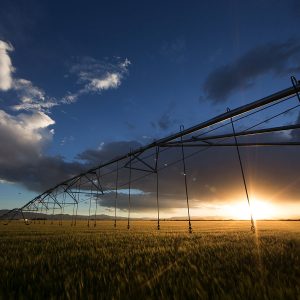
The inconsistent supply of water to the Rio Grande Basin results in challenges to meeting the demands of agricultural and legal needs. In 1938, the Rio Grande Compact was created, requiring that the state of Colorado deliver a certain percentage of the Rio Grande’s water to the New Mexico border each year. In years with greater flows, a greater percentage is delivered, while in dry years Colorado keeps a greater percentage of the river’s flows. The Compact is the number one priority on the Rio Grande, meaning that in order to meet the state’s obligation, less water is available for the water users in Colorado. Each year, the amount of water in the river varies, so that only the most senior water rights holders reliably get water. Generally, between the Compact and all of the agricultural water users, there is not enough water to go around. This increases the reliance of farmers and ranchers on the basin’s aquifer system.
The introduction of electricity in the 20th century resulted in the widespread production of irrigation wells across the San Luis Valley. The increase in pumping, as well as recent drought, has resulted in a decline in aquifer levels. Because of this, the basin is now required to replace out-of-priority depletions in order to reach sustainable aquifer levels, defined by historic averages, by 2030.
Lastly, river infrastructure, including reservoirs, diversion dams, and headgates, are critical to administering water rights in the basin. However, many of these structures are aging, poorly functioning, or in need of repair. This degraded infrastructure leads to inefficient administration or water use, and has other environmental and recreational repercussions as well.
Learn more about aquifer sustainability
Environment
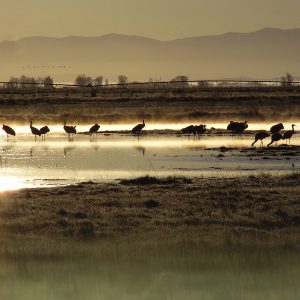 The environment in the basin also suffers from a fluctuating water supply, as well as human impacts. Key areas, including riparian areas and wetlands, are experiencing decreased water and sediment conveyance, streambank stability, and floodplain function. Impacts to these areas also degrade and reduce critical habitat and ecosystems, affecting at risk species in the region, including the Southwestern willow flycatcher, the yellow-billed cuckoo, the Rio Grande cutthroat trout, and the Rio Grande chub. Degraded irrigation infrastructure can also augment these issues, fragmenting fisheries and affecting flows.
The environment in the basin also suffers from a fluctuating water supply, as well as human impacts. Key areas, including riparian areas and wetlands, are experiencing decreased water and sediment conveyance, streambank stability, and floodplain function. Impacts to these areas also degrade and reduce critical habitat and ecosystems, affecting at risk species in the region, including the Southwestern willow flycatcher, the yellow-billed cuckoo, the Rio Grande cutthroat trout, and the Rio Grande chub. Degraded irrigation infrastructure can also augment these issues, fragmenting fisheries and affecting flows.
In addition to sediment loading, water quality in the basin is impacted by historical mining activity and its associated contaminated drainage.
Lastly, forests are vital to the health of the watershed, since forests make up the majority of the Rio Grande headwaters. The basin’s forests are currently undergoing landscape-scale changes, including wildfires, beetlekill, and land use. These processes impose challenges to the watershed, and will require efforts to improve resiliency to protect this important resource.
Recreation
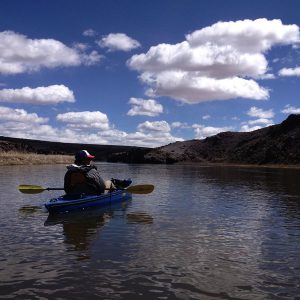 The basin is home to exceptional recreational opportunities, including boating, fishing, hiking, hunting, camping, wildlife viewing, and a variety of winter sports. All of these activities rely on adequate streamflows and snowpack to support a healthy watershed. More data about optimal flows and timing for these activities helps inform development goals and allows water managers to work with the recreation community to improve opportunities. Rehabilitation of irrigation infrastructure will also benefit recreation by improving boat passage and aquatic and riparian habitat. Additionally, just as recreation depends on water, so watershed health depends on recreators’ sustainable and ethical behavior. Recognizing and solving these environmental problems creates a healthier river and benefits the watershed as a whole.
The basin is home to exceptional recreational opportunities, including boating, fishing, hiking, hunting, camping, wildlife viewing, and a variety of winter sports. All of these activities rely on adequate streamflows and snowpack to support a healthy watershed. More data about optimal flows and timing for these activities helps inform development goals and allows water managers to work with the recreation community to improve opportunities. Rehabilitation of irrigation infrastructure will also benefit recreation by improving boat passage and aquatic and riparian habitat. Additionally, just as recreation depends on water, so watershed health depends on recreators’ sustainable and ethical behavior. Recognizing and solving these environmental problems creates a healthier river and benefits the watershed as a whole.
Municipal & Industrial (M&I)
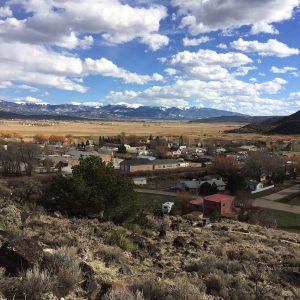
As M&I makes up only one percent of water use in the Rio Grande Basin, there has been little pressure to decrease use. However, many of the municipal water systems of the sixteen communities in the basin are in need of major and costly repair, replacement, and/or upgrades within the next ten years. Additionally, the water quality of the wastewater discharges only nominally meet current Colorado Department of Public Health and Environment discharge permit standards. Should new and more stringent requirements be imposed for arsenic and other contaminants, few of the communities will be able to fund the capital improvements necessary to upgrade their systems.
Water Administration
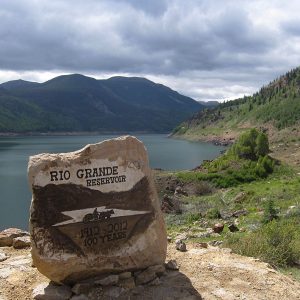 The biggest challenge for water administration in the basin is administering the Compact in the most effective, accurate, and multi-beneficial way possible. In order to do this, the Division of Water Resources must predict how rivers in the system will flow based on snowpack and historical behavior. Accurate stream flow forecasting is vital to water administration in the basin, and additional data and technology is needed. Additionally, the surface and groundwater systems in the basin are complex, so all efforts to increase flexibility, collaboration and consolidation of moving parts will improve administration of the Compact.
The biggest challenge for water administration in the basin is administering the Compact in the most effective, accurate, and multi-beneficial way possible. In order to do this, the Division of Water Resources must predict how rivers in the system will flow based on snowpack and historical behavior. Accurate stream flow forecasting is vital to water administration in the basin, and additional data and technology is needed. Additionally, the surface and groundwater systems in the basin are complex, so all efforts to increase flexibility, collaboration and consolidation of moving parts will improve administration of the Compact.
What is the Roundtable?
In 2005, the State of Colorado passed the Colorado Water for the 21st Century Act, which created nine Roundtables across the state to represent the eight major river basins and the Denver metro area. The roundtables are directed and managed locally by local community values and issues, and are funded by the state. With these state funds, each Roundtable is able to approve local projects that will further the goals laid out in the Colorado Water Plan and the respective Basin Implementation Plan.
The Colorado Water Plan was initiated in 2013 by Governor Hickenlooper to develop strategies to address the state’s growing water demands. A collaboration between the Roundtables, the Interbasin Compact Committee, the Colorado Water Conservation Board, and other partners and stakeholders, the Plan identified goals and values for water in the state of Colorado. Additionally, the Plan mandated that each basin complete its own plan, called Basin Implementation Plans. This process is intended to be iterative, with the state repeatedly analyzing new data and updating its plan, and each basin doing the same. The second and most recent version of the Rio Grande Basin Implementation Plan was completed in January of 2022. In addition to recognizing the needs and challenges of the basin, the document identifies priority projects and areas of concern that would further the basin’s identified goals, listed below.
Our Goals
- Healthy watersheds that provide critical ecosystem services, are resilient to disturbances, and benefit from ongoing efforts to protect water sources, improve water quality, enhance aquatic, riparian, wetland, and upland habitat, and maintain connected ecosystems.
- Water administration that is adaptive, flexible, and creative while complying with state statutes and the doctrine of prior appropriation, and fully utilizing Colorado’s compact entitlements under the Rio Grande and Costilla Creek compacts.
- Engaged and informed citizens who understand the scope and urgency of local, state, and regional water issues and participate in robust and diverse educational opportunities.
- Aquifers with sustainable supplies of groundwater for farmers and ranchers, towns, and wildlife habitat.
- Vibrant and resilient agriculture, recreation, municipal, and industrial economies that support thriving communities.
